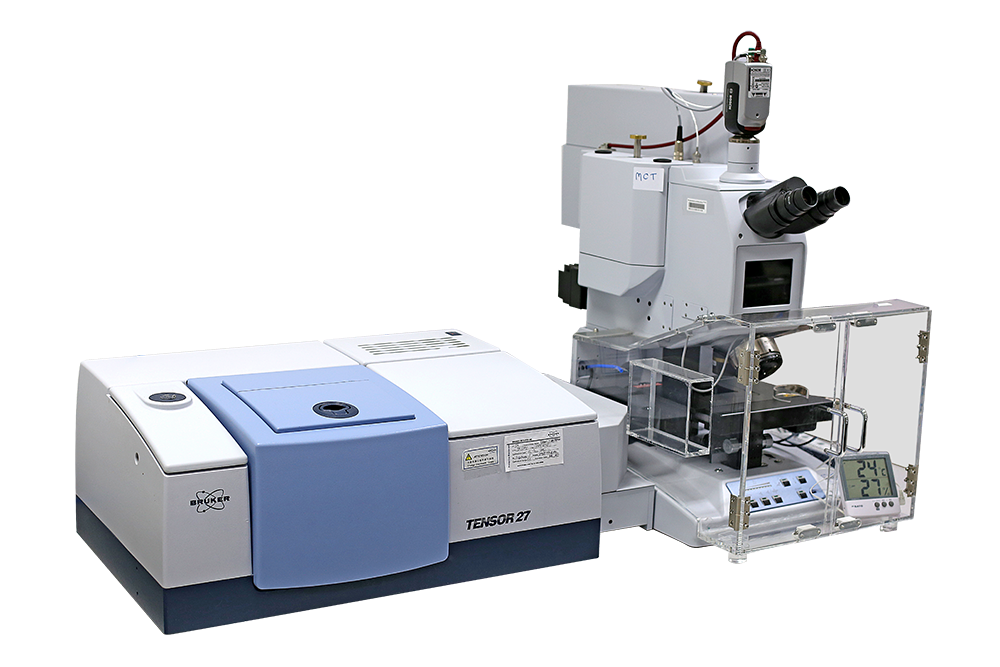I am currently working as a Postgraduate Researcher at the University of Leeds, where I am actively involved in research activities. Prior to this, I successfully completed my master's degree through the renowned Erasmus Mundus joint program, specializing in Tribology and Bachelor's degree in Mechanical Engineering from VTU in Belgaum, India. Further I handle the social media pages for Tribonet and I have my youtube channel Tribo Geek.
Fourier Transform Infrared Spectroscopy
Table of Contents
Introduction
The main goal of the spectroscopy techniques is to measure how much light is absorbed in each wavelength shined on any material. This is easily done by using the dispersive spectroscopic technique by shining the beam of light on the material and measuring the amount of light absorbed and emitted. This technique is applied in various fields such as chemistry, geology, biology, and materials, etc. The technique is very popular because it can analyze all gas, liquid, and solid samples. Fig-1 shows the FTIR setup by Bruker.

Fig-1 The FTIR setup by Bruker [1]
Definition
Fourier transform infrared spectroscopy (FTIR) is a spectroscopy technique that uses the mathematical method of Fourier transforms in analyzing the wavelengths absorbed by materials. In this technique, the beam of light containing various frequencies of light shines on the sample and measures the amount of beam absorbed by the material making a data point. This process of shining the light beam with various combinations of frequencies is shined by noting that particular point every time. These data points are then analyzed by the computer in a backward direction to measure the absorption at each wavelength. The schematic representation of FTIR is shown in Fig-2.

Fig-2 The schematic representation of FTIR [2]
Working principle
FTIR spectroscopy is based on the idea that the interference of radiation between the two beams yields an interferogram. The latter is a signal produced as a function of the path length change between the two beams reflected from two mirrors (resides in the interferometer block). The two domains of distance and frequency are interconvertible by the mathematical method of Fourier transformation hence the name Fourier transform infrared spectroscopy.
The main difference between an FTIR spectrometer and a dispersive IR spectrometer is the Michelson interferometer. The Michelson interferometer is the core of FTIR spectrometers and is used to split one beam of light into two creating the different paths of the two beams. Then it recombines the two beams and conducts them into the detector where the differences in the intensity of these two beams are measured as a function of the difference in the paths. The working principle of the FTIR is shown in the Fig-3.

Fig-3 Schematic representation of the working principle of FTIR [3]
Components
The main components in the FTIR are the IR sources, detectors, beam splitter, and Fourier transforms which are shown in Fig-4.
- IR sources: The FTIR operates in the mid and near IR regions of the infrared spectrum. The commonly used IR source for the mid-range IR is the silicon carbide element, for near-IR is the tungsten carbide which will be heated to about 1200K.
- Detectors: The pyroelectric detectors are the most used detectors to respond to changes in the temperature due to varying intensities of the IR radiation. These detectors provide sensitivity for different applications, and they operate at ambient temperature.
- Beam splitter: The beam splitters are used to transmit and reflect half of the incident radiation. Most of the materials are limited in their range of optical transmittance hence they may be used interchangeably to cover a wide range of the spectrum.
- Fourier transform: The discrete Fourier transform is used to identify the discrete values of retardation in the set of intensities of the interferogram. The difference between the successive retardation values remains constant.

Fig-4 The components of the FTIR [1]
Advantage and disadvantages
FTIR spectrometers are third-generation infrared spectrometers that have several prominent advantages. The signal-to-noise ratio of the spectrum is significantly higher compared to the previous generation IR spectrometers. The scan time of all frequencies is short; which is approximately 1s, and with an extremely high resolution of 0.1 ~ 0.005 cm-1. It has a very high accuracy of wave numbers and the scan range is wide (1000 ~ 10 cm-1). Also, the interference from stray lights is reduced, which is another important advantage.
The small size of the FTIR sampling chamber is one of the limitations and the mounted pieces can also obstruct the IR beam which limits the size of the samples to small ones. Some materials absorb infrared radiation completely causing the measurement to be impossible.
Reference
[1] https://www.slri.or.th/bdd/th/22-%E0B9%8C/66-ftir-micro-spectrometer.html
[2]https://engineerscommunity.com/t/fourier-transform-infrared-spectroscopy-ftir-principle/4980
Leave a Reply
You must be logged in to post a comment.

Good Day Sir,
we would like to us, that can we get the price quotation and spec of the equipment Sir.
Sincerely your Getz